My mother is 90 and she is dying. She finds no pleasure in food and only wants to sleep, that long and lasting sleep of peace. I visited her to say good bye. I told her I love her and that I was grateful for her chosing me as her daughter and for being my mother. I told her I forgive her for not knowing how to show me that she loved me, and for not coming to my graduation or the many events where I was awarded something special. I tried hard to win her attention and her love, though it seemed just putting her arm around me was more than she could muster and saying I love you just never crossed her lips. While she readily says thank you to the staff in the care facility, when I cared for her for 10 years, she just did not say that to me. I told her I forgive her and I did.
Instead I held her hand for the last time. I saw the attempt of a smile for the last time. Never again will I hear her laughter, or sit in her presence. I was there to put my arms around her and hold her, to hug her and tell her I love her. Of course I do. She is my mother, the one who bore me, who babysat my kids, who listened to my woes and who made Christmas dinner, at least until I took over that task for her. Then I made her dinners and cared for her. I went home at lunch to make sure she ate and took her medication and I was home by 8 every night to put her to bed. Those were some hard days, especially when her health began to fail. There were too many ambulance trips and too many scares, yet I continued until finally, she was not home one day. She went down the alley to pick black berries, not far, but I became distraught, called the police and went hunting for her. What if she had fallen? Where was she? I was burned out. I put her in the home and she was very upset with me. Then I left. I went to Alberta and left her there.
She has dementia, likely helped along from the stroke she had years back. She did not know who I was this time. That hurt. She was already gone.
I stayed with her several hours at least a couple of times a day when I was there to see her, to say good bye. I sat beside her while she slept in her chair, her pale face resting on her hand and leaning on the arm rest. She was quiet, peaceful. She did not eat. The last day, I sang hymns beside her and it ocurred to me that I will never sing with her again. She loved to sing, but she was sleeping. I cried.
Soon that time will come when the breath she takes will steal her air instead of give her life. Soon she will sleep and not wake. I said goodbye, the hardest good bye I will ever have to say. My mother is dying and I will never see her again. I told her I love her, I kissed her forhead and I left her in her chair, asleep. She did not know I was there or I was gone, but I did. Good bye Mom. I love you. Good bye.


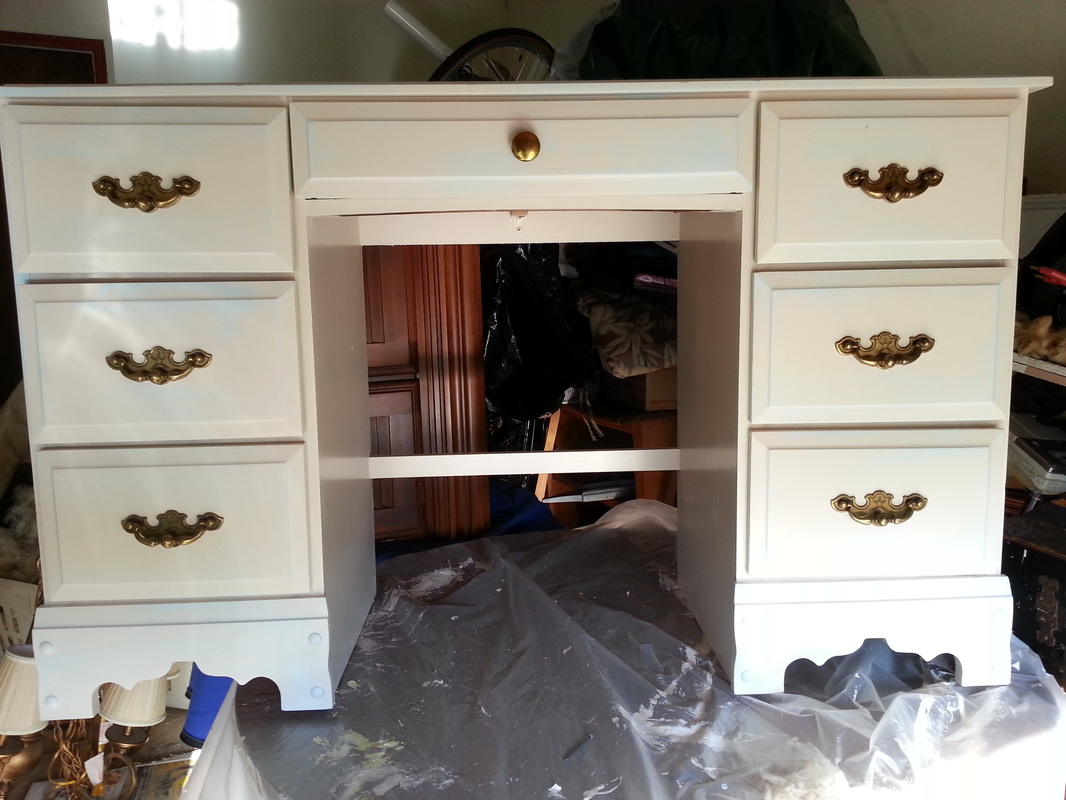
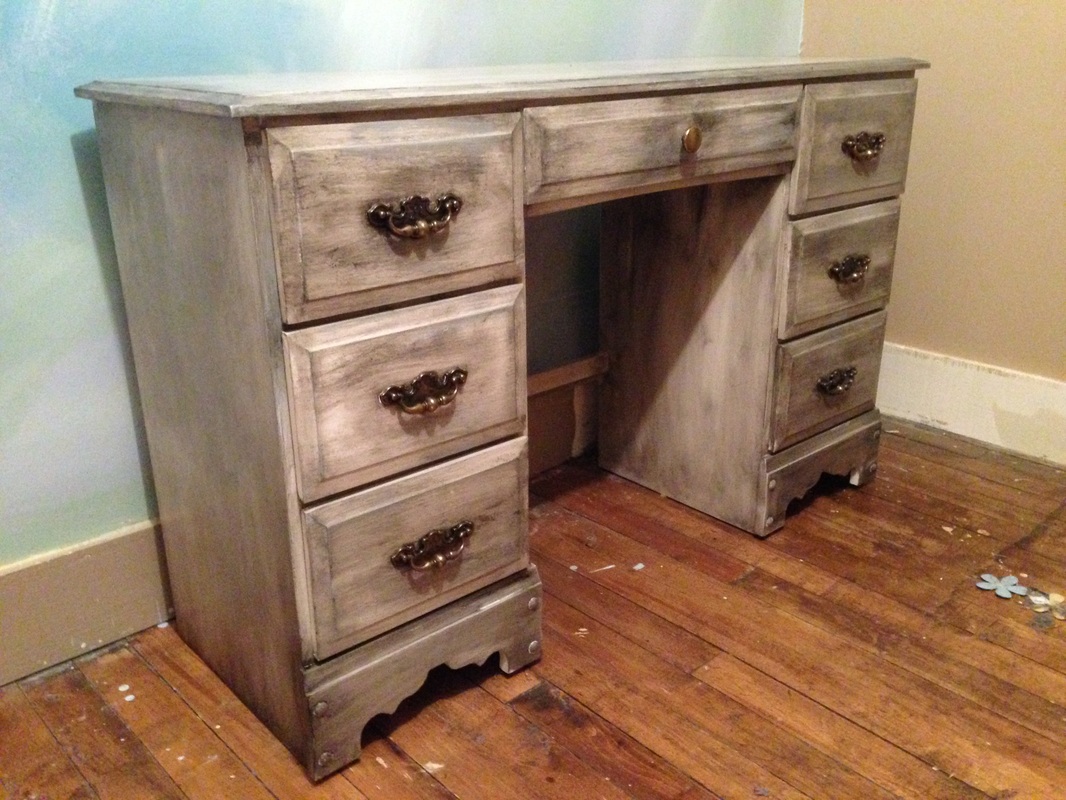
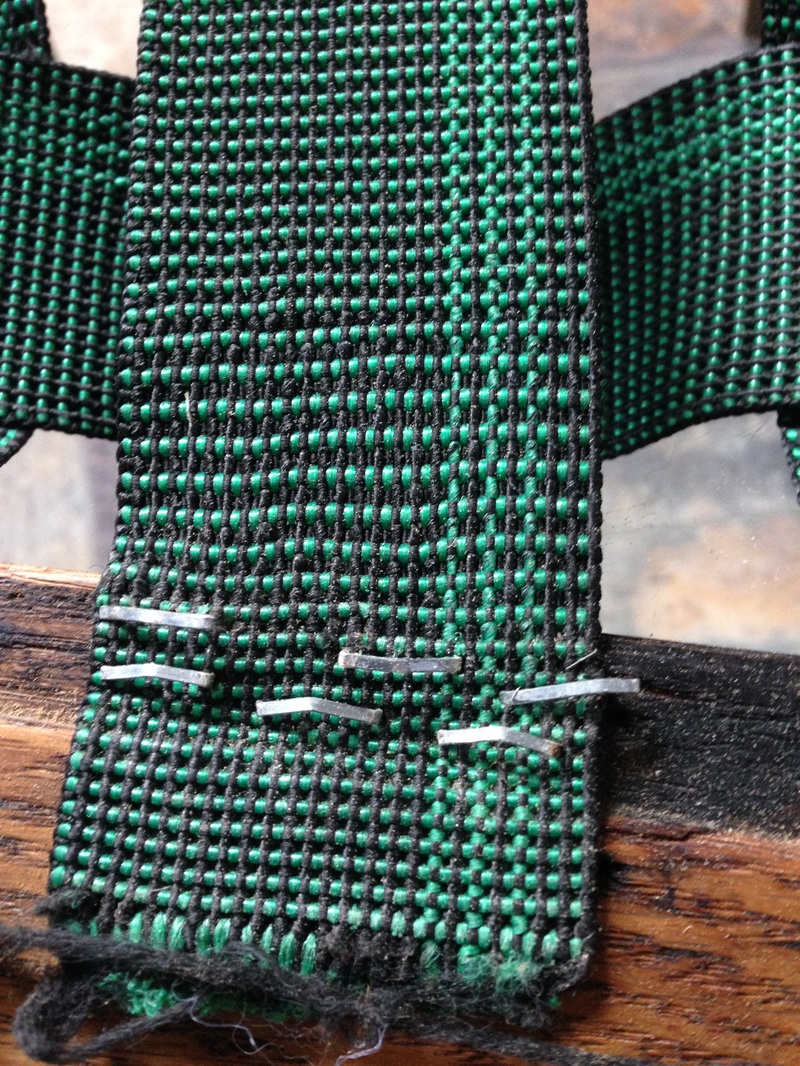

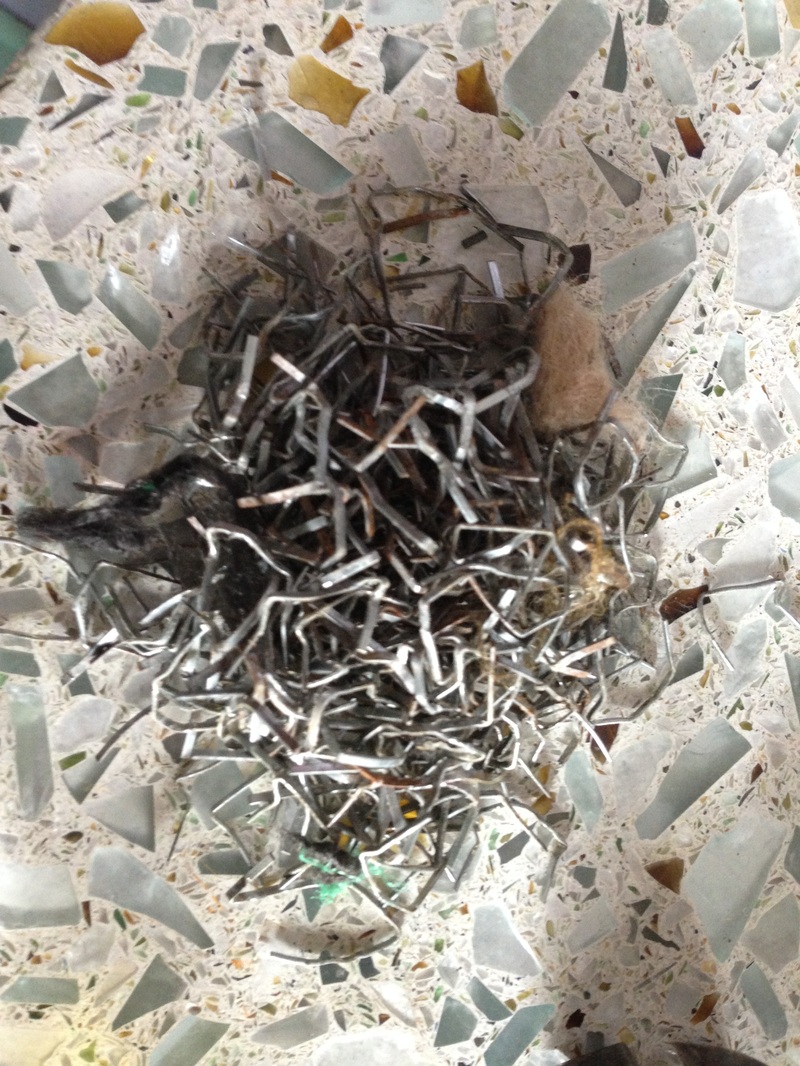
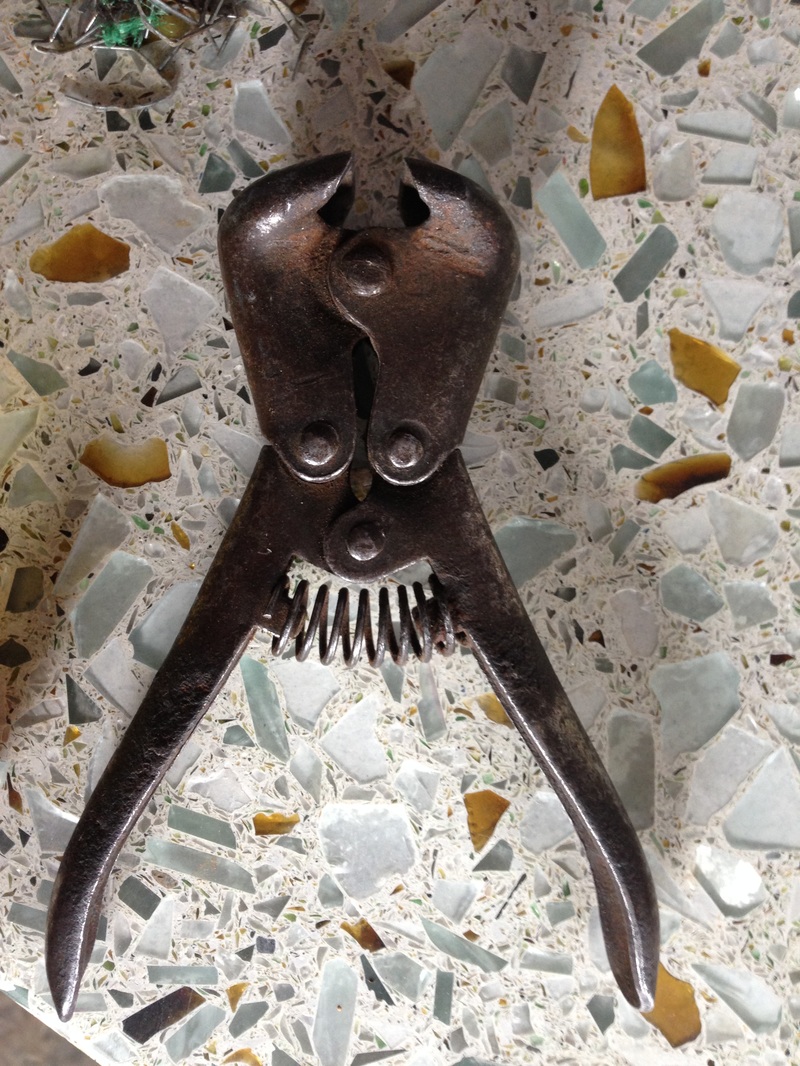
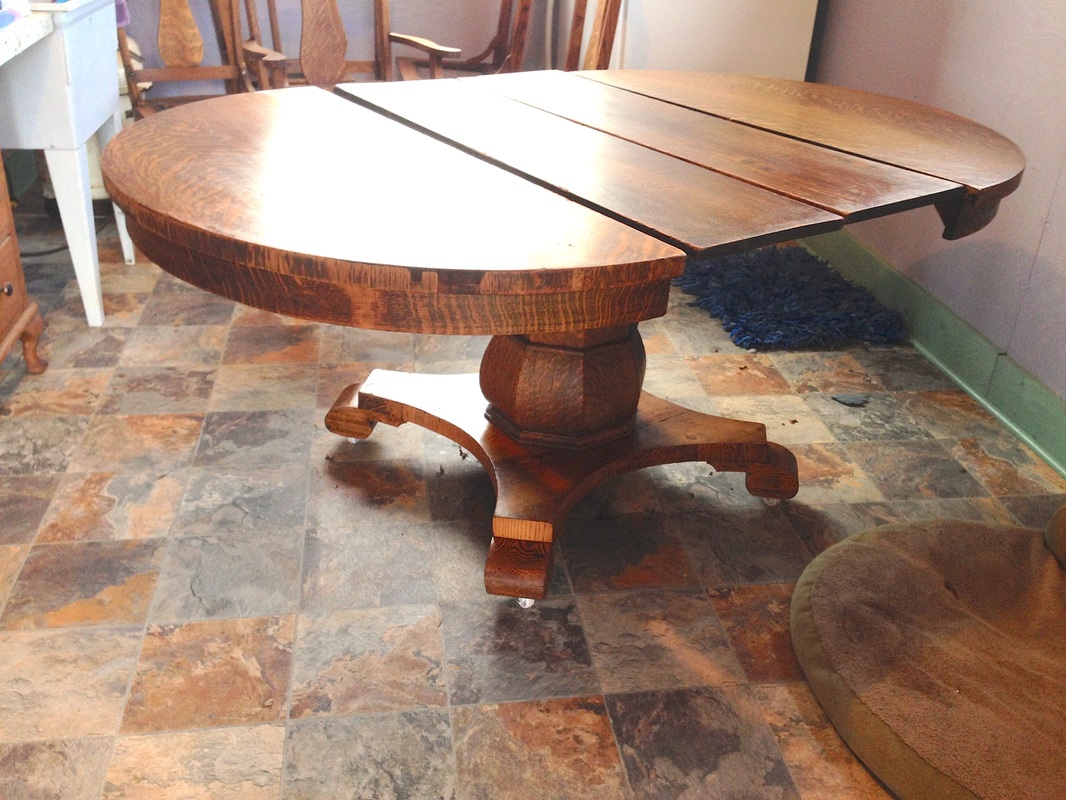

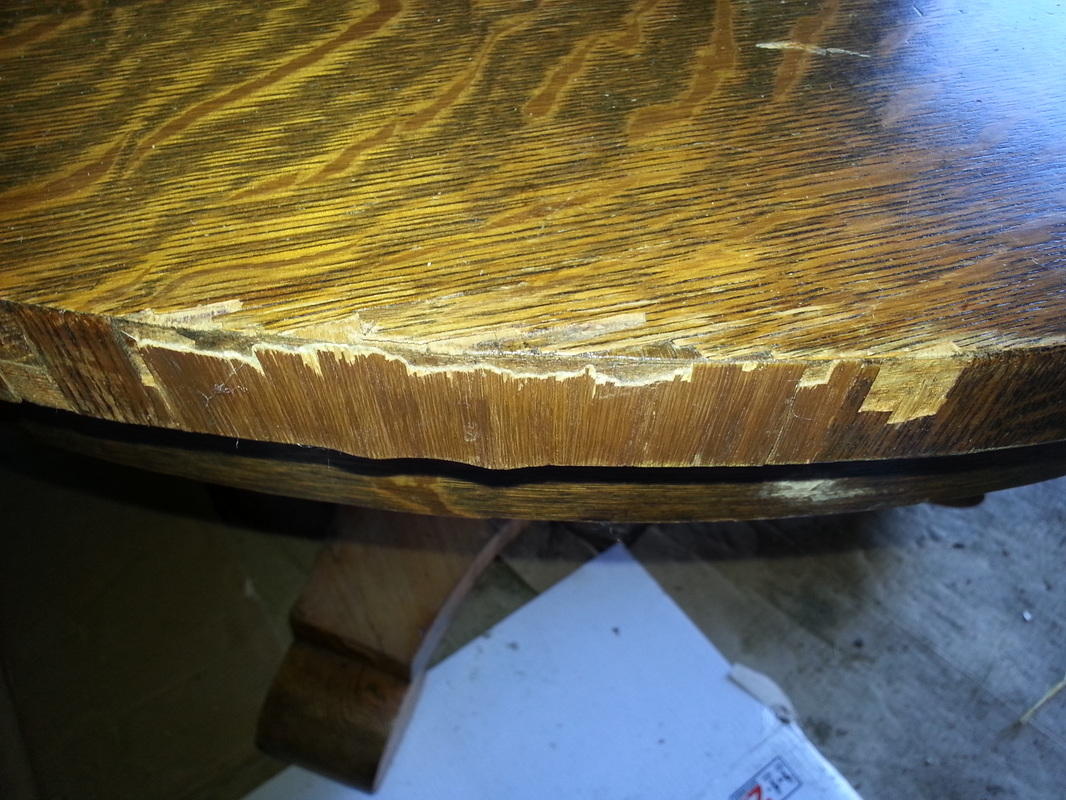
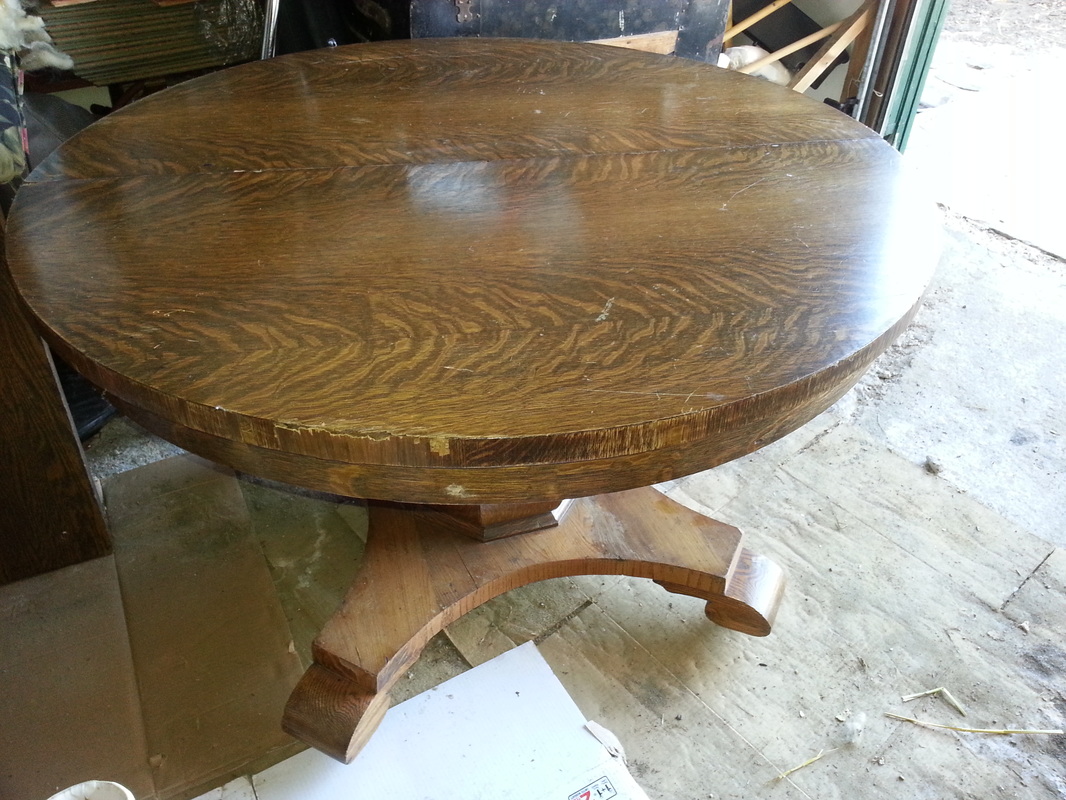
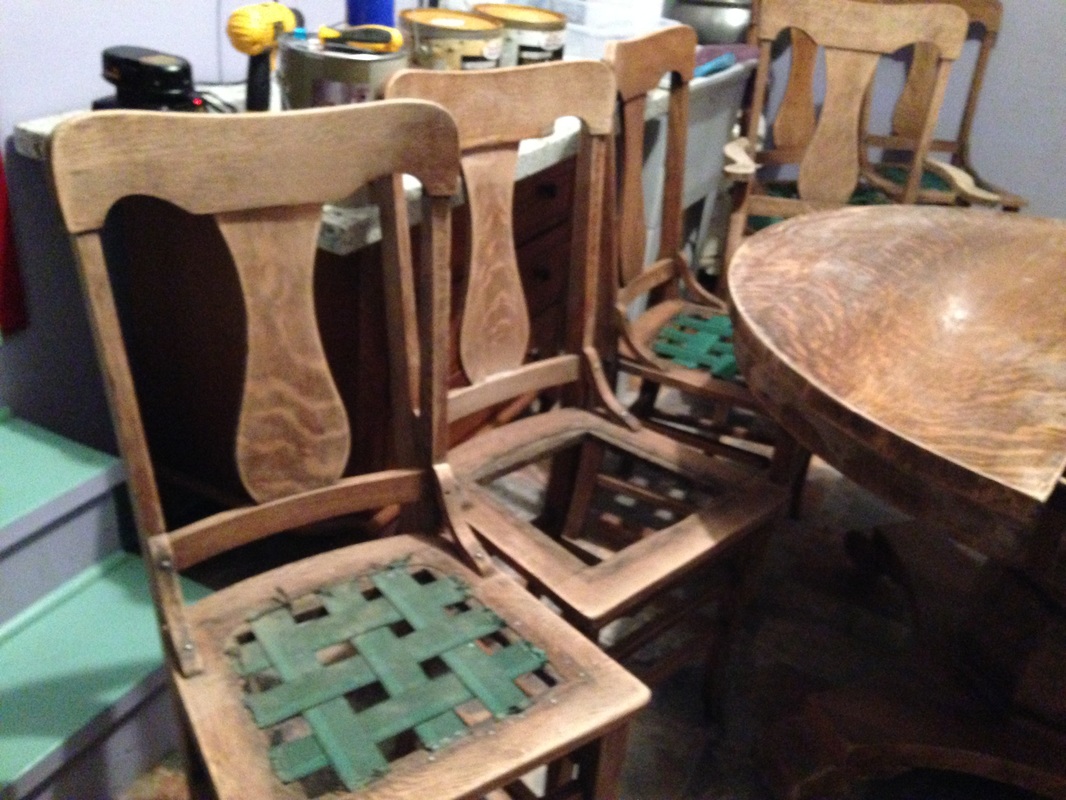
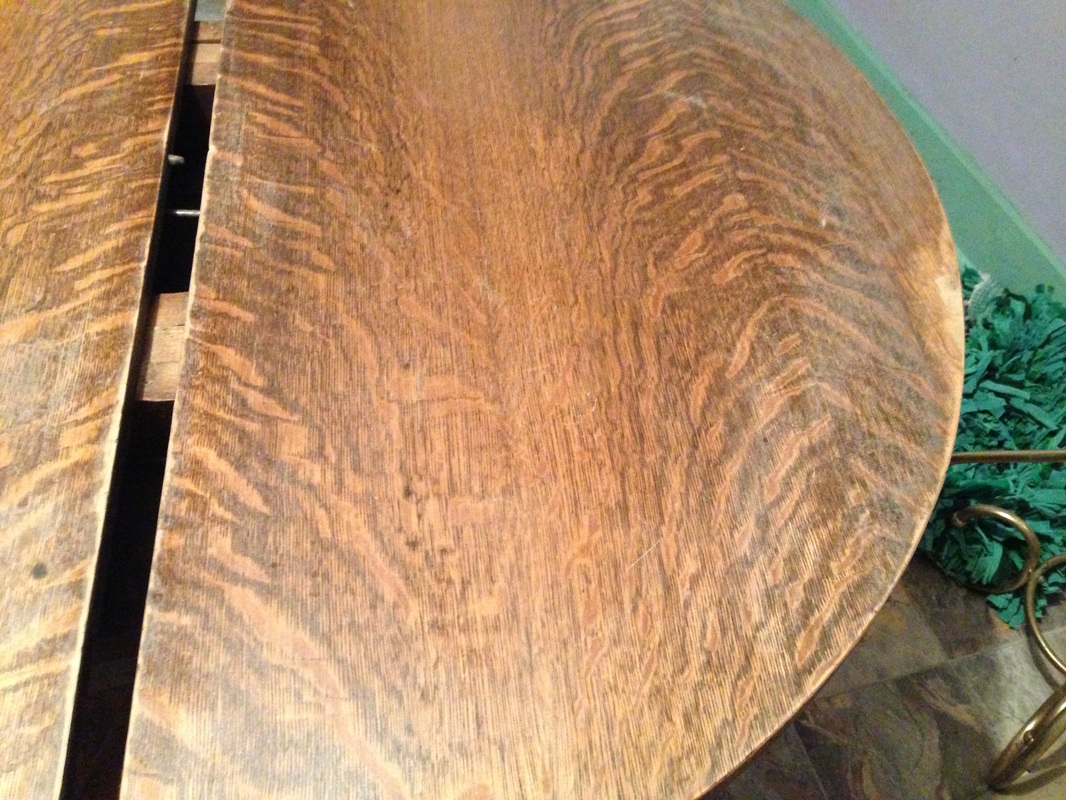
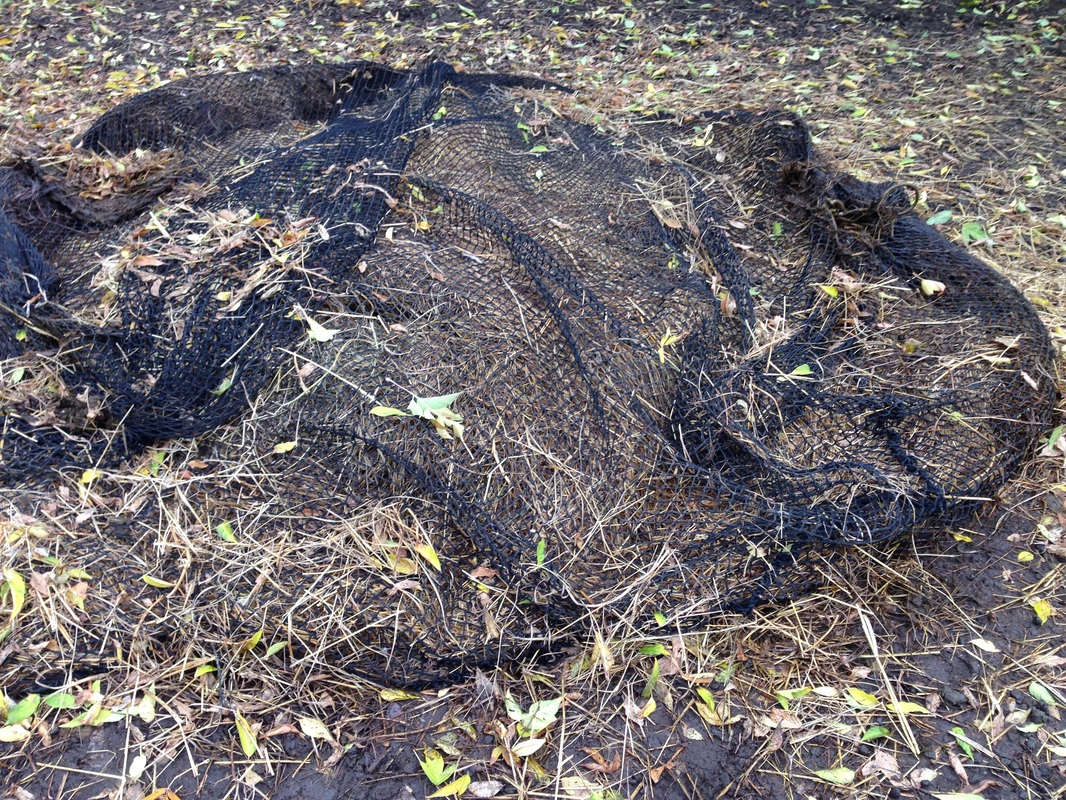
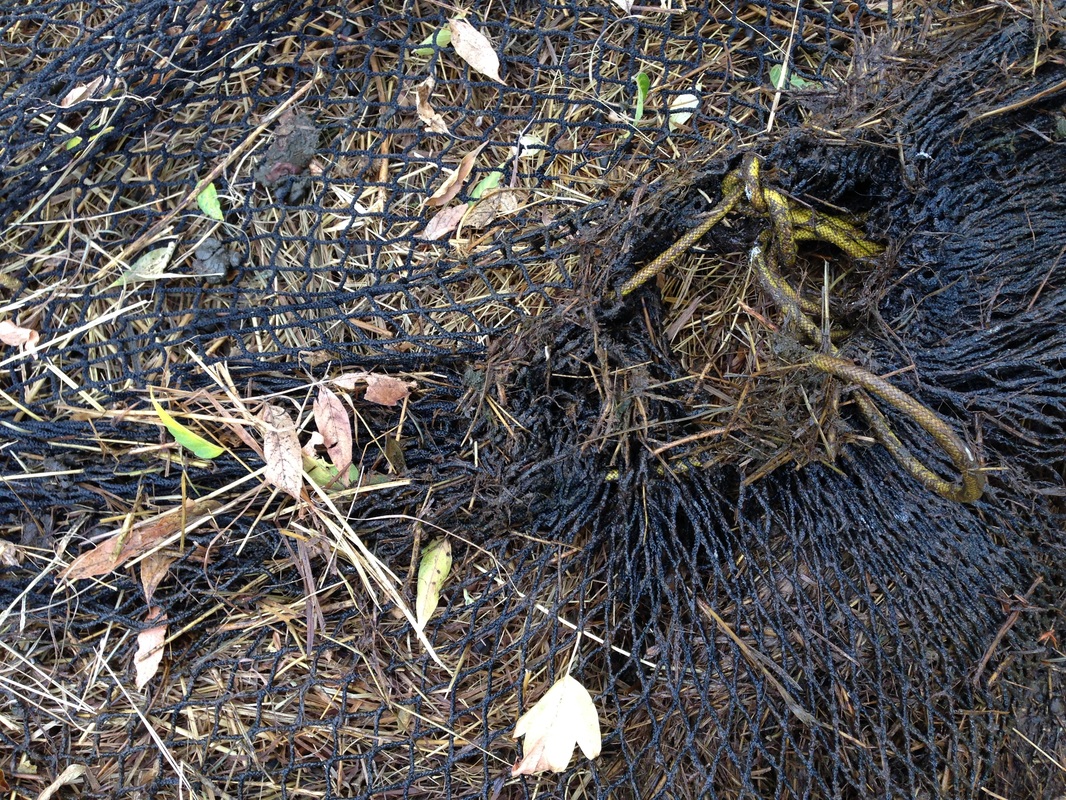
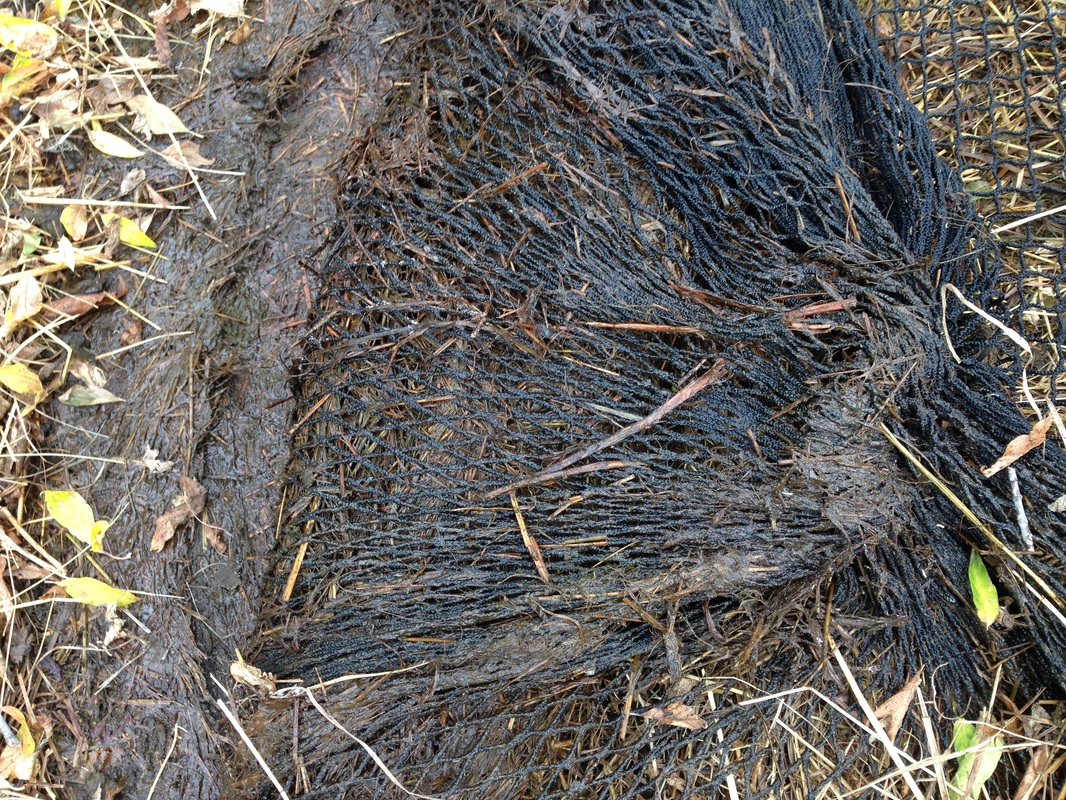
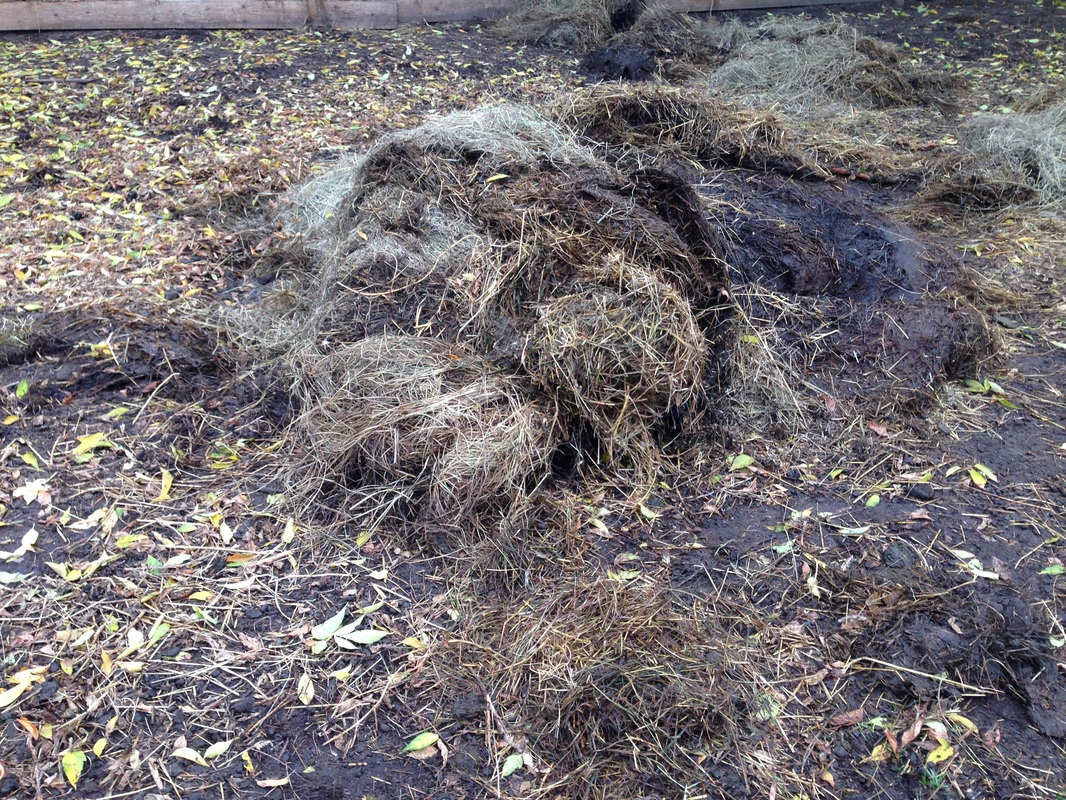

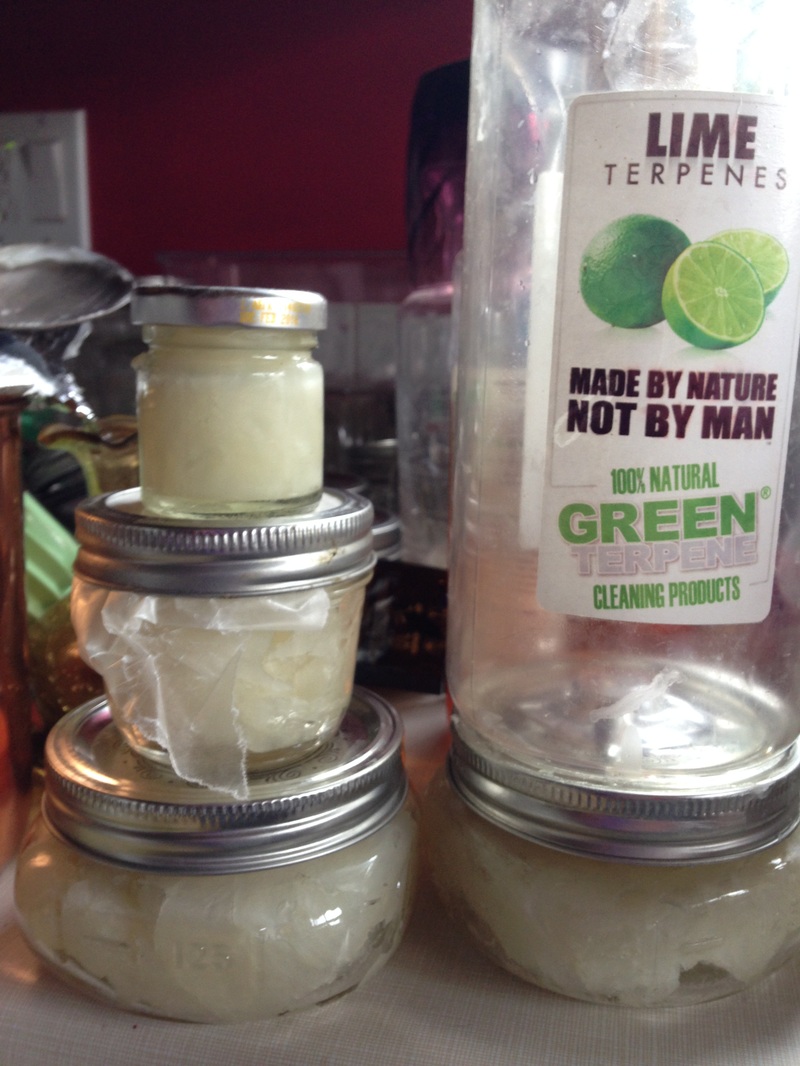
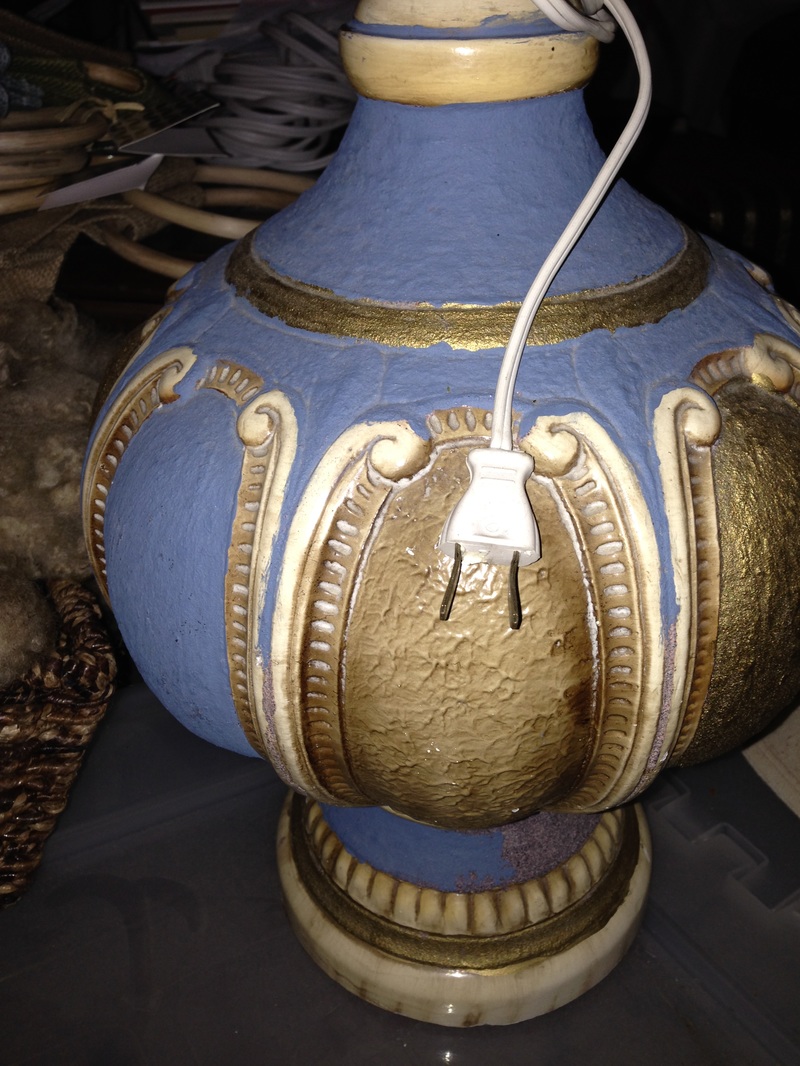
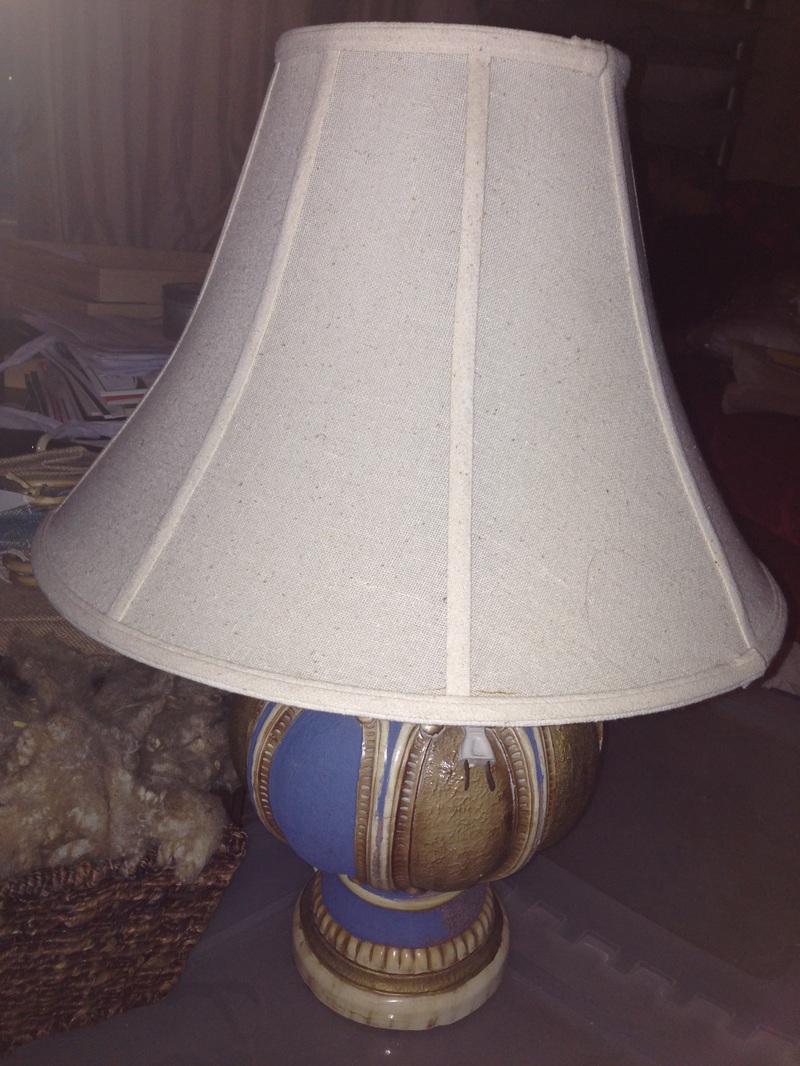
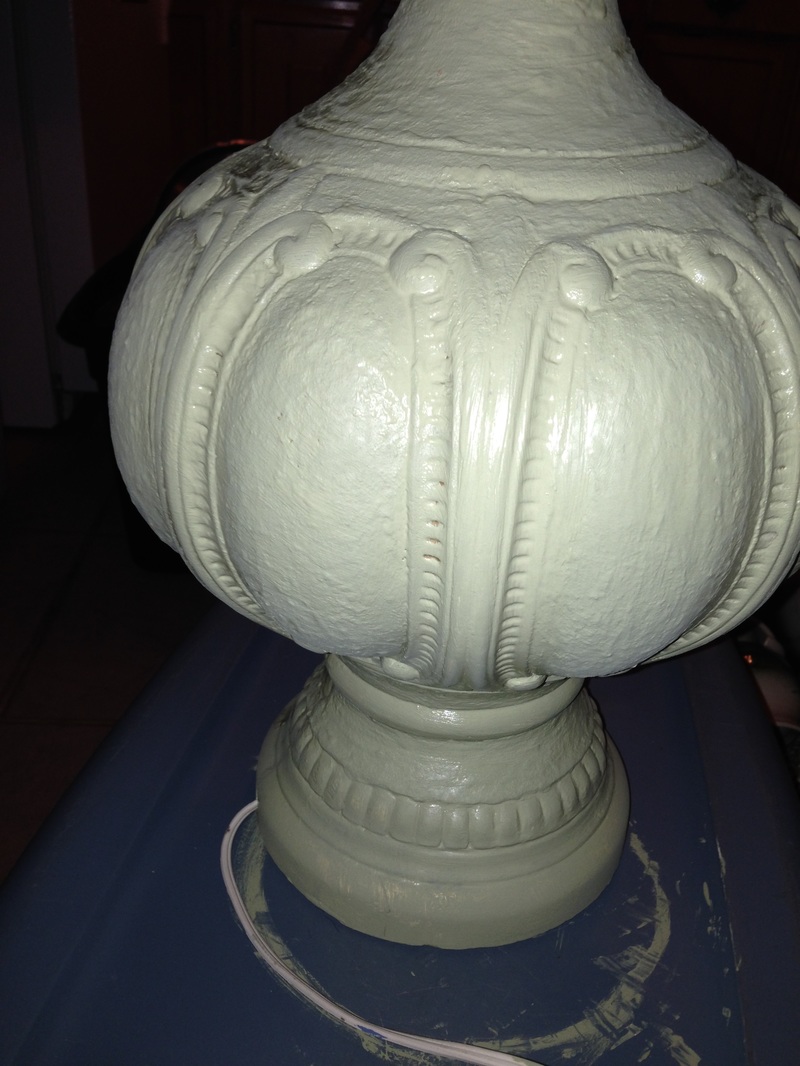
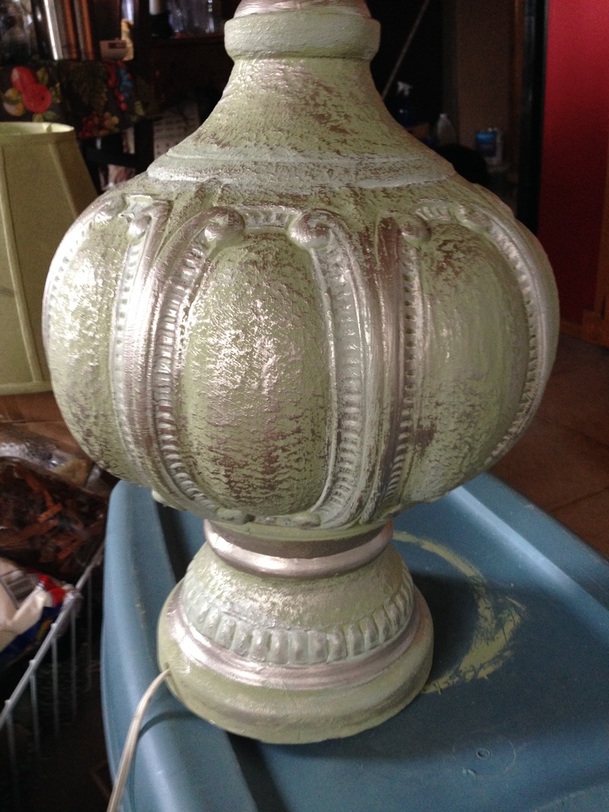
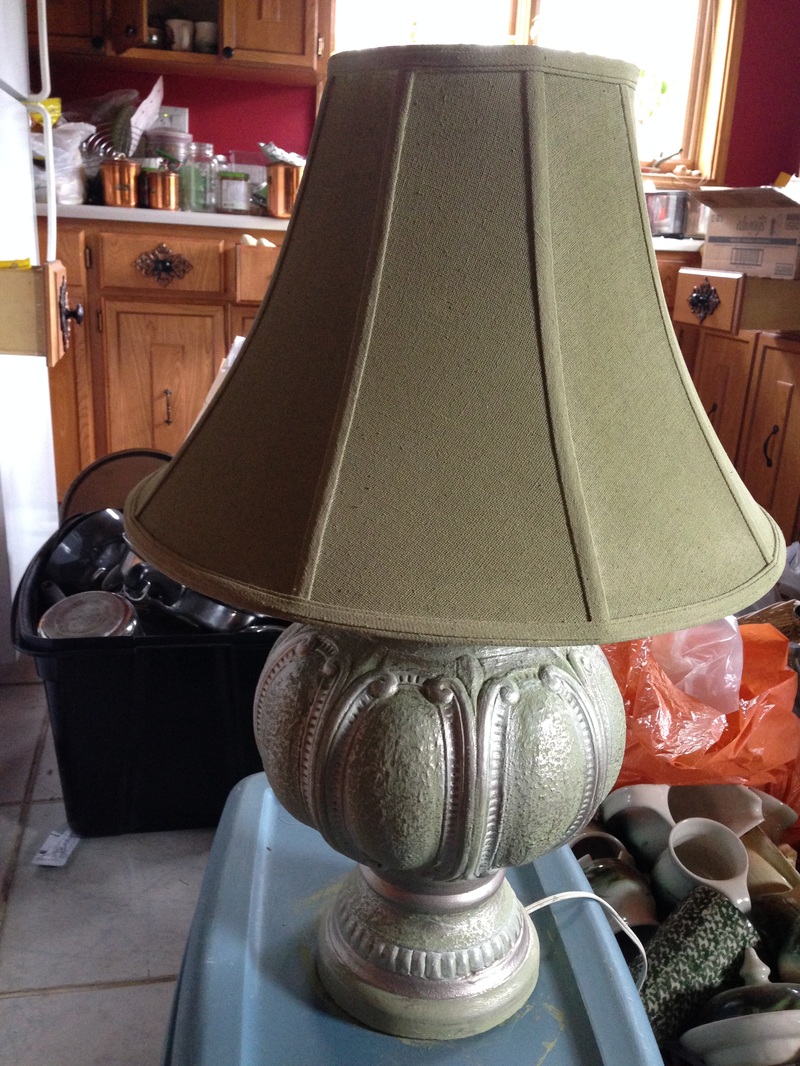
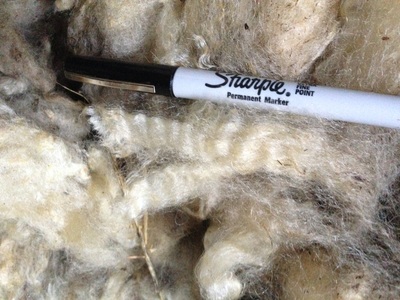
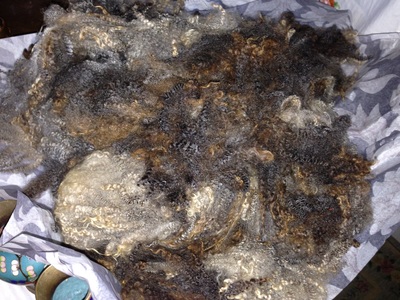
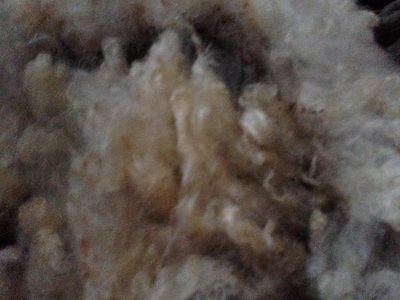
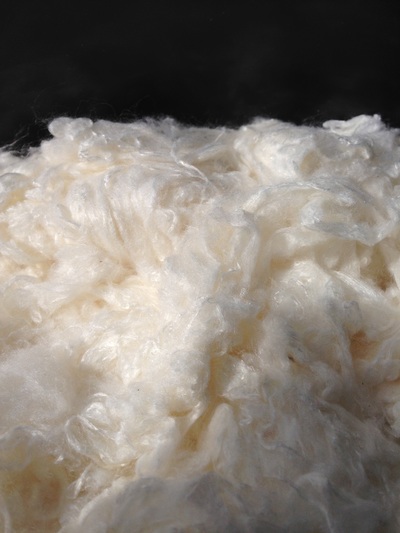
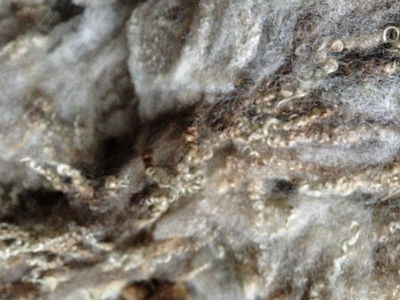
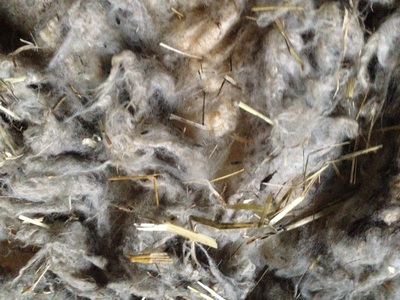
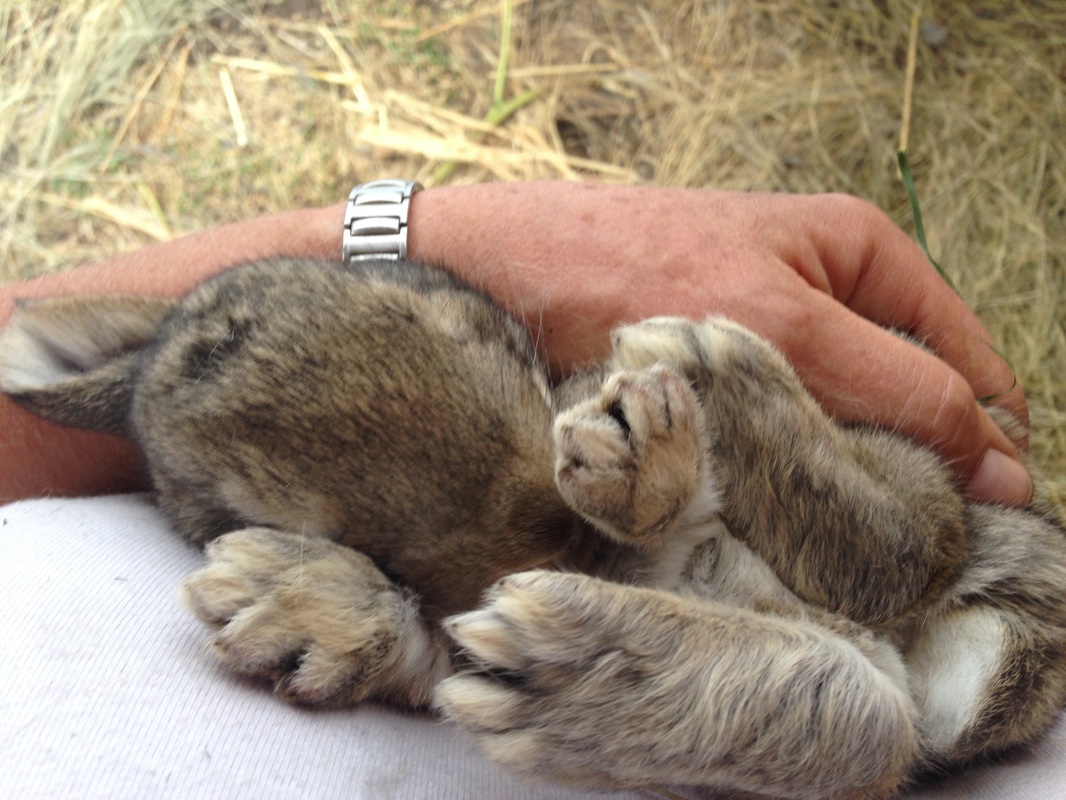
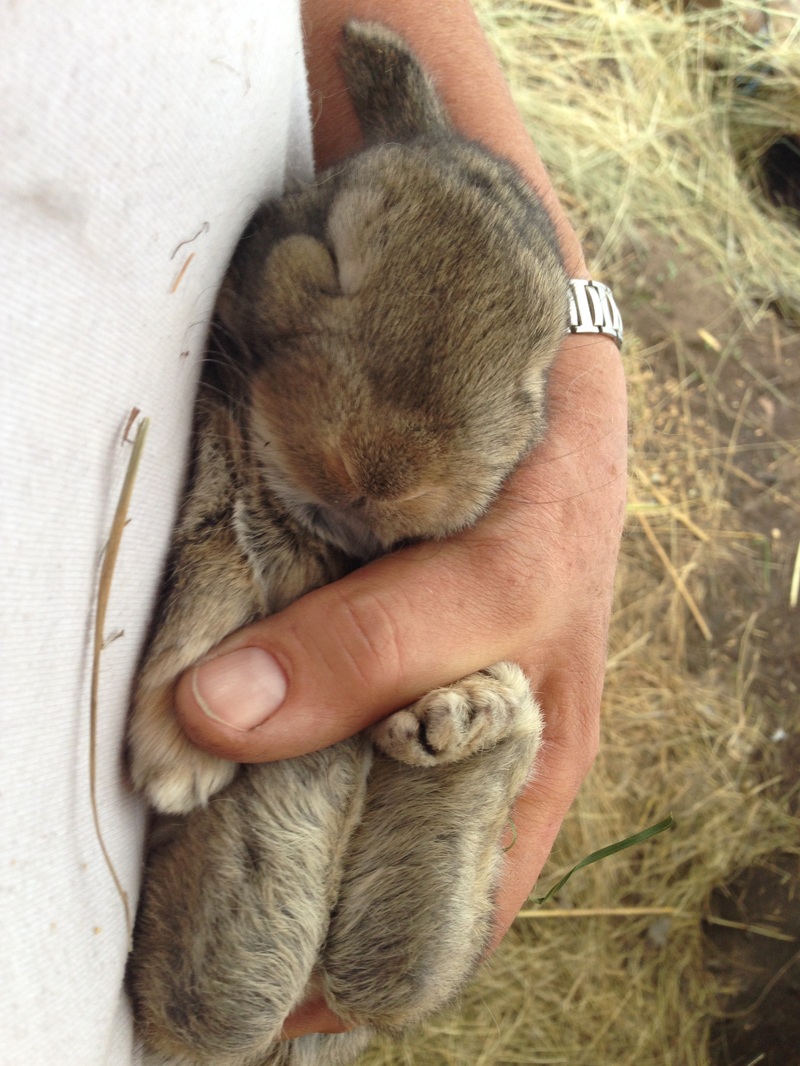
 RSS Feed
RSS Feed